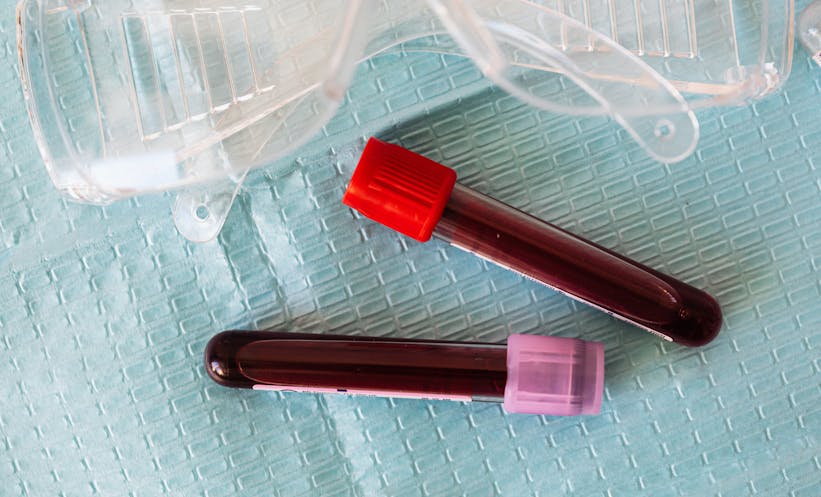A groundbreaking study has unveiled critical insights into how preleukemic stem cells (pLSCs) manipulate their bone marrow microenvironment (BMM), paving the way for potential new therapies against leukaemia. Researchers, utilising an acute myeloid leukaemia (AML) murine model, conducted single-cell RNA sequencing to analyse the BMM affected by pLSCs.
The study found a notable decrease in normal hematopoietic stem cell (nHSC)-regulating LepR+ mesenchymal stem cells and endothelial cells, alongside an increase in CD55+ fibroblasts and pericytes. Notably, the pLSCs exhibited enhanced proliferation rates and altered extracellular matrix properties, with pLSC-associated CD55+ fibroblasts showing reduced collagen expression—a key component in maintaining normal cellular structure.
Co-culture experiments further demonstrated that these preleukemic CD55+ fibroblasts significantly promoted the expansion of pLSCs compared to nHSCs, highlighting a shift in the microenvironment favouring leukemic growth.
This research sheds light on the complex interactions between preleukemic cells and their BMM, suggesting that targeting these altered cellular dynamics could be essential in preventing the progression of leukaemia. As scientists continue to decode the mechanisms of leukemogenesis, these findings offer a promising avenue for developing innovative therapeutic strategies to combat this challenging disease.
Reference
Goda C et al. Cellar taxonomy of the preleukemic bone marrow niche of acute myeloid leukemia. Leukemia. 2024;DOI:doi: 10.1038/s41375-024-02415-3.








